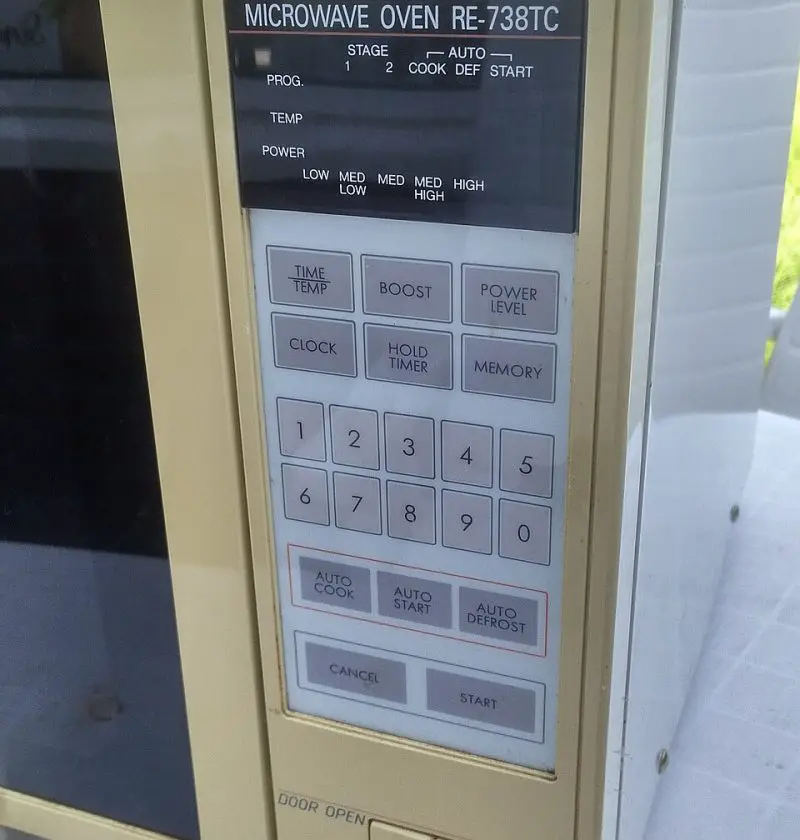Look, I’ve been cooking for decades. I’ve roasted, broiled, baked, slow-cooked, and yes — microwaved more leftovers than I can count. But would you believe me if I told you that, after 60 years on this earth, I just learned how to properly use the power level button on my microwave?
And no, I’m not ashamed to admit it. Because if you’re like most folks, you probably hit “Start” and let it blast away at full power, too. Turns out, there’s a better — gentler, smarter — way to use that humming little box we all rely on daily.
Let me tell you what I wish I’d known 20 years ago.
What Even Is the Power Level Button?
So here’s the scoop: that button labeled “Power Level” on your microwave? It’s not just decoration.
It controls how intense the microwave’s energy is while cooking. Full power (usually level 10) is great for boiling water or zapping frozen burritos. But when you want to reheat, defrost, or cook something delicate like fish or scrambled eggs? You actually want less power, not more.
Who knew, right?
How It Works (Without Getting Too Sciencey)
Microwaves cook by bouncing electromagnetic waves around, which excite the water molecules in your food and heat them up. When you adjust the power level, you’re not changing the temperature — you’re adjusting how often those waves are turned on.
For example, at 50% power, the microwave cycles on and off throughout the cook time. It doesn’t cook slower, it just gives your food a chance to heat more evenly — so you’re not stuck with lava-hot edges and a frozen center.
I swear, once you wrap your head around that, everything changes.
When to Use Lower Power (A.K.A. Not Everything Needs to Be Zapped)
Let’s talk real-life scenarios:
-
Leftovers (especially casseroles, rice, or pasta)? Go with 40–50% power. It keeps the moisture in and warms things through without drying them out.
-
Defrosting meat or bread? Stick to around 30%. That way, it thaws gently instead of half-cooking the edges.
-
Reheating pizza? 40% with a paper towel underneath. Crisp bottom, melty top, no soggy mess.
-
Softening butter or cream cheese? Try 20–30% so it doesn’t turn into a puddle.
When You Do Want Full Power
There are still times when you need that high power blast:
Save This Recipe
-
Boiling water
-
Steaming vegetables quickly
-
Cooking frozen meals designed for high settings
-
Making microwave popcorn (though even that burns less on 80%… just saying)
It’s not about never using full power. It’s about knowing when it actually makes sense.
A Few Tips I Learned (Sometimes the Hard Way)
-
Adjust your time. Lower power = longer cook time. If something takes 2 minutes at full power, it might take 3–4 at half power. That’s okay. It’s worth the patience.
-
Stir or rotate halfway through. Helps with even heating — especially soups or anything thick.
-
Check your manual. Some microwaves have different default settings or quirks. I found mine online because I’d tossed the paper years ago.
The Mistakes I Was Making (So You Don’t Have To)
Honestly? I thought more power meant better results. But reheating chicken breast on full blast? Always dried out. Defrosting soup at 100%? Boiling hot edges and a frozen middle.
And don’t even get me started on bread. Reheated a roll once at full power and turned it into a rock.
Once I learned to lower the power and give the food a little more time — everything tasted better. Softer. Juicier. Less… sad.
I’m 60, and the Microwave Finally Makes Sense
I thought I knew my microwave. But learning how to use that little power level button felt like someone handed me a secret recipe. No more rubbery eggs. No more scorched cheese. Just warm, happy meals that actually taste like they did the first time around.
It’s funny — I’ve used microwaves for decades without realizing how much control I had all along. And if you’re just finding this out too? Welcome to the club. It’s never too late to level up your leftovers.
Final Thoughts: Don’t Be Afraid to Press That Button
If there’s one small habit to change in your kitchen this year, let it be this. That power level button? It’s not complicated. It’s not intimidating. It’s just one little click that can help your food taste a whole lot better.
So try it — tomorrow, even. Lower the power, adjust the time, and see the difference for yourself. I bet your soup, your sandwich, and your sanity will thank you.

